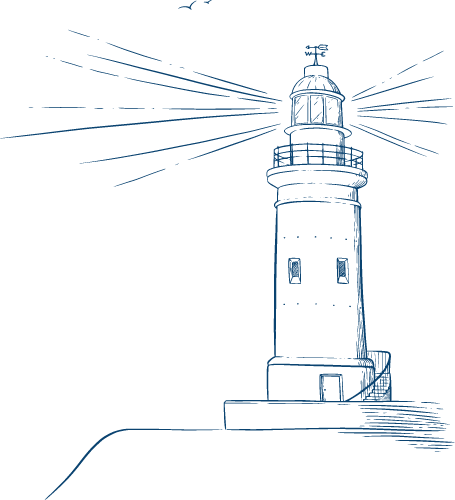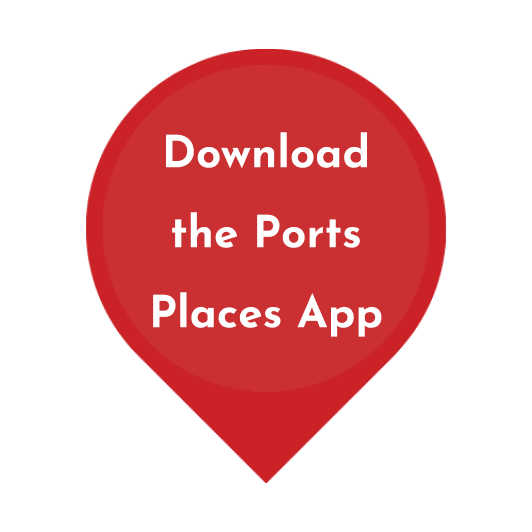History
Holyhead is the largest town on Holy Island, Anglesey. It is best known for its role as a major seaport and its centuries-old ferry link with Ireland.
The settlement of Holyhead and Holy Island reaches as far back as the Neolithic era. The area around Holyhead holds many remains of circular huts, burial chambers and standing stones.
In the fourth century, a Roman military outpost was established there. Archaeologists think this camp may have had connections with the fort Segontium, located in today’s Caernarfon.
In the sixth century, St Cybi is believed to have established a church and monastery on the abandoned camp. Over the following centuries, the town grew around this site. The Welsh name of Holyhead, Caergybi, ‘Cybi’s Fort’, reflects these Roman and early Christian origins.
Since at least the seventeenth century, Holyhead served as north Wales’s main port for sailing to Ireland. The completion of Thomas Telford’s post road to London in 1828 and the arrival of the railway (1848) boosted the growth of the town.
In 1819, the first steamships transported mail and passengers between Holyhead and Kingstown (today Dún Laoghaire). As a result, the service became more reliable and increased the traffic across the Irish Sea.
Eventually, it became necessary to develop a new, much larger harbour that could shelter up to 1,000 ships during severe storms. The result was the construction of the enormous Holyhead Breakwater with a length of 2.39km. It remains Europe’s longest seawall to this day.

Things to See and Do
The town of Holyhead is best explored on foot, while you may want to use your bike or car to reach some of the locations spread around the outskirts and beyond.
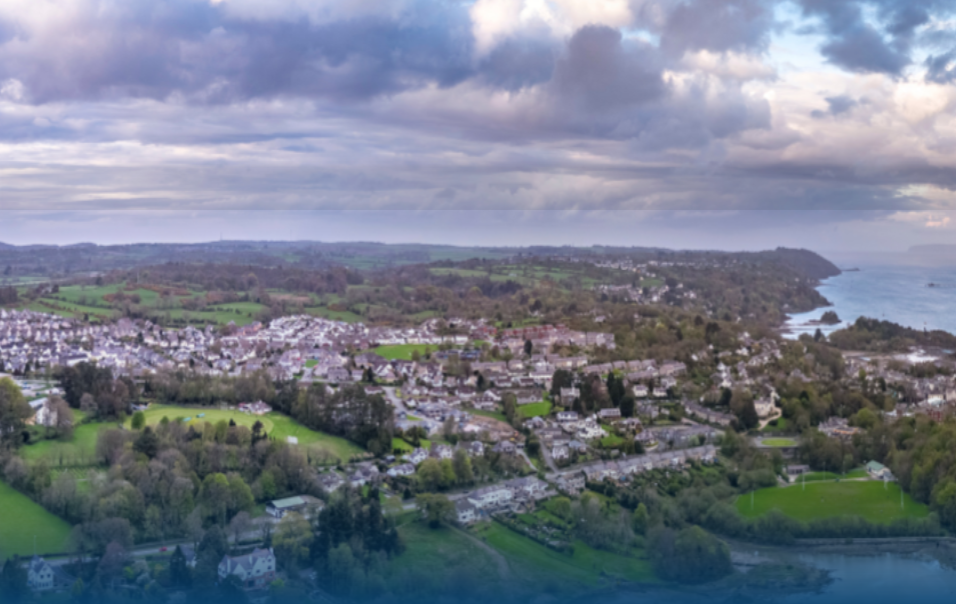
Near the ferry port, you will find an obelisk installed on a small hill. This monument was set up in commemoration of John Macgregor Skinner (1761-1832), a mailboat captain who, though blind in one eye and having lost an arm in the Navy, supported many social causes.
Make sure to wear sturdy footwear as you ascend from Turkey Shore Road. From the base of the monument, you will be rewarded with a wonderful view of the town and port.
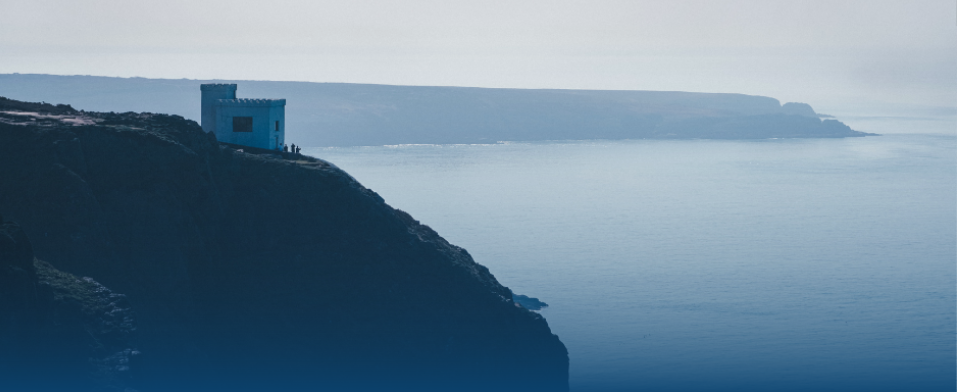
Ferry Port
Historical Sites
The modern Celtic Gateway Bridge takes you directly from the railway station to the town centre of Holyhead. Following the car-free Market Street uphill and you will reach St Cybi’s Church and historical graveyard which is lined by the characteristic Roman walls of the ancient encampment. Carry on up to the top of the town and you will reach the thriving Arts Centre, Ucheldre, housed in a striking building, a former Catholic Convent – enjoy exhibitions, films, classes and a cup of tea!
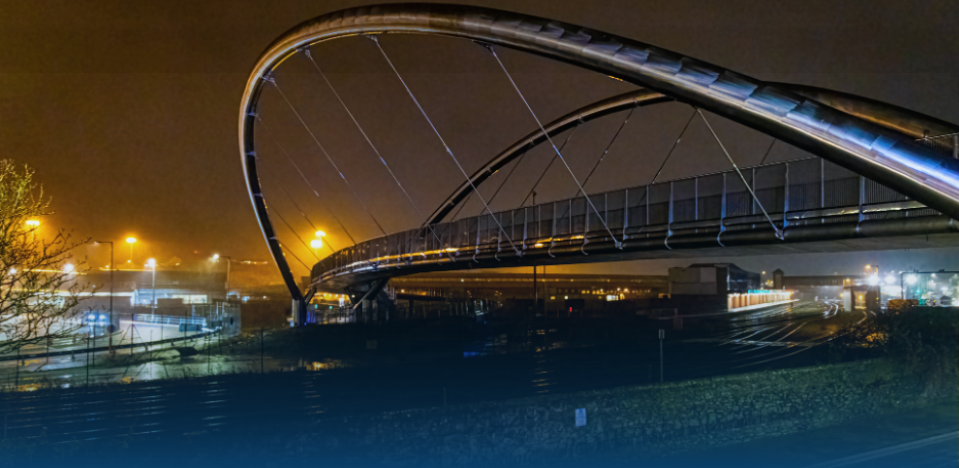
If you want to explore more of Holyhead’s maritime and naval history, make sure to visit the Maritime Museum on Newry Beach. After your visit, enjoy a casual stroll along the promenade towards Holyhead’s famous breakwater, the longest of its kind in Europe. Holyhead’s stunning Breakwater Country Park is located at the foot of Holyhead Mountain. The country park is accessible to walkers and nature lovers of all ages and abilities.
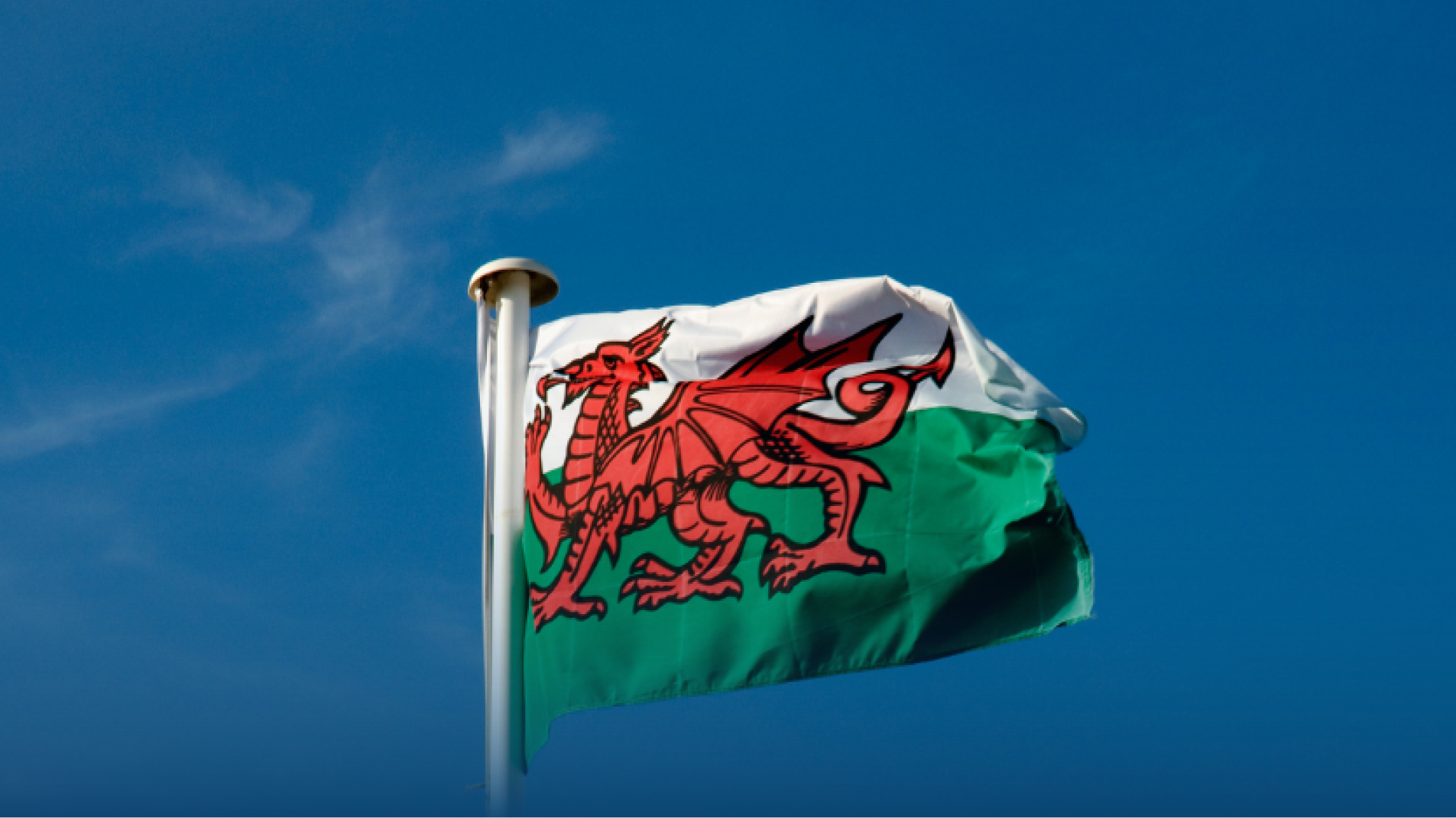
For more adventurous souls, follow the public footpaths to the summit of Holyhead Mountain and discover its Bronze Age and Roman history.
Spectacular views of Anglesey and Snowdonia are your reward. On clear days, you can even see the Wicklow mountains peeping over the horizon.
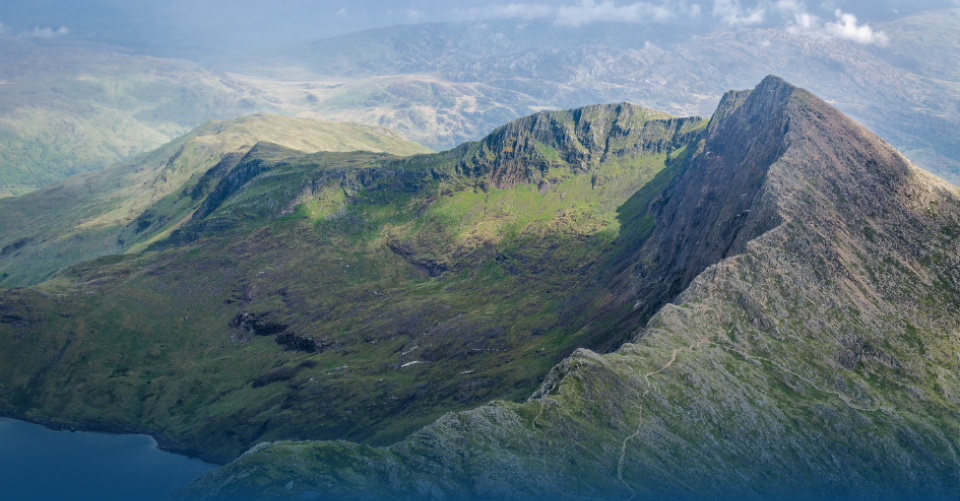
Hiking in the Hills
Discover Other Ports
